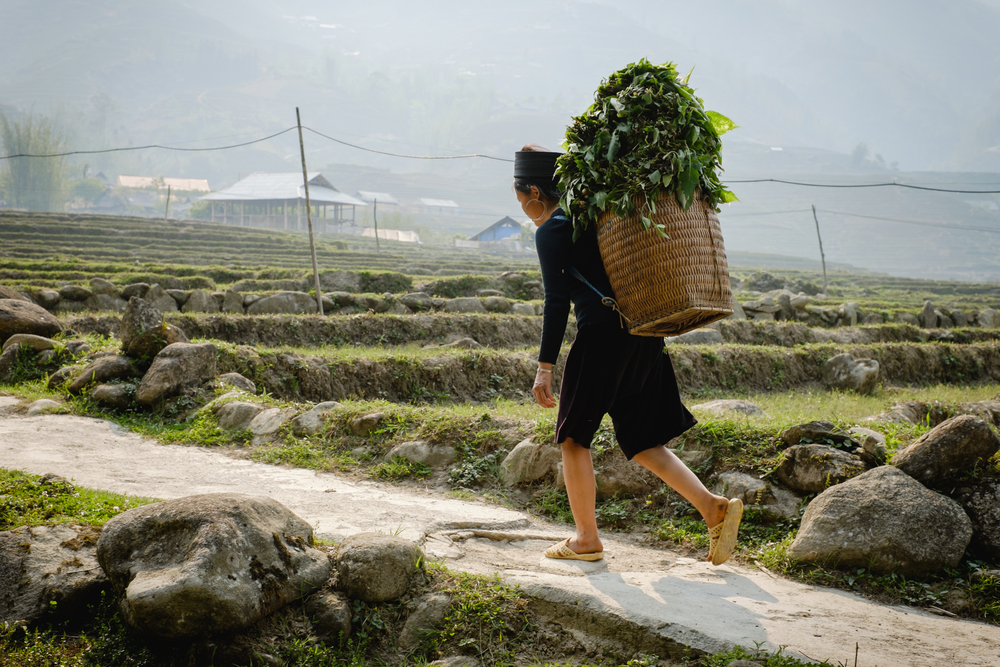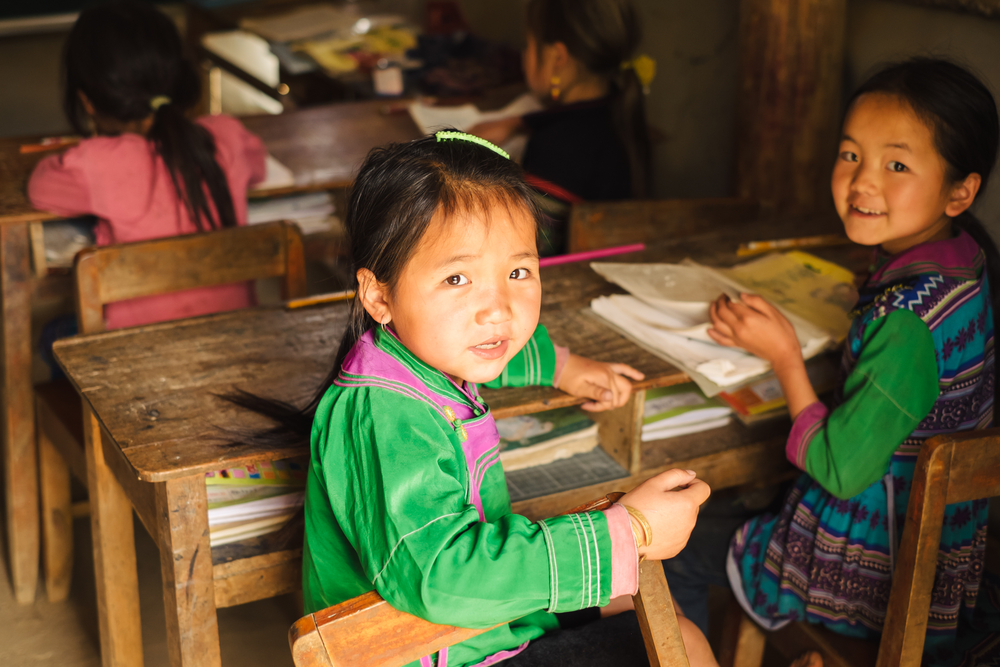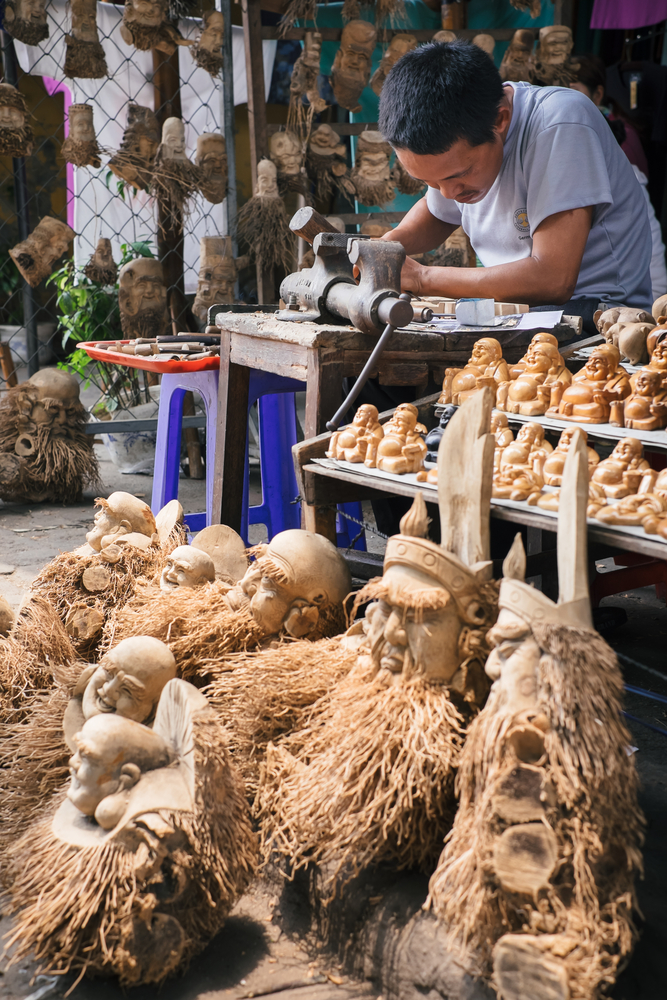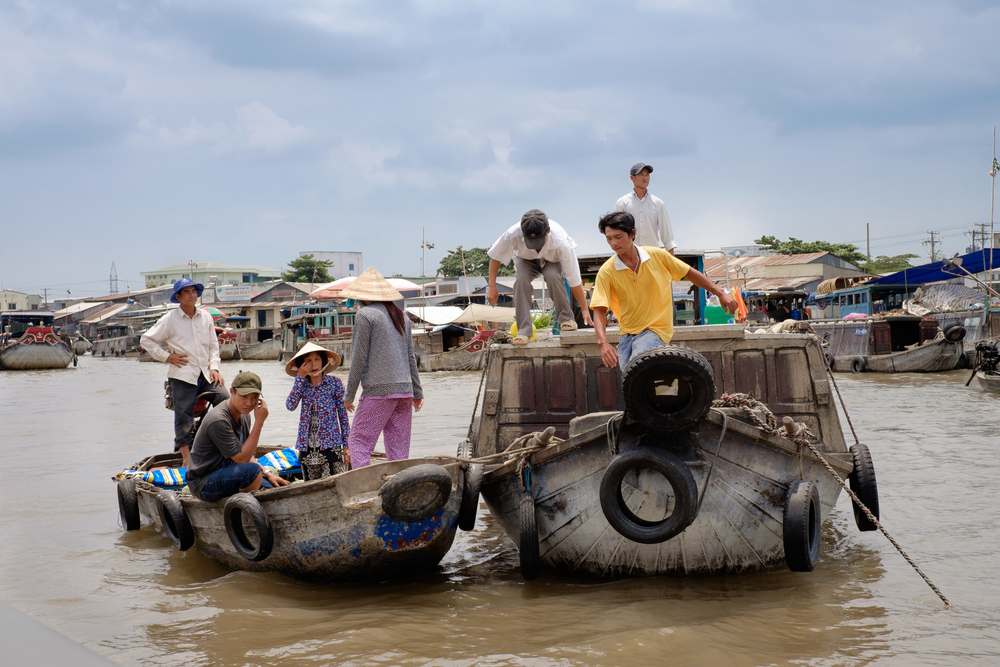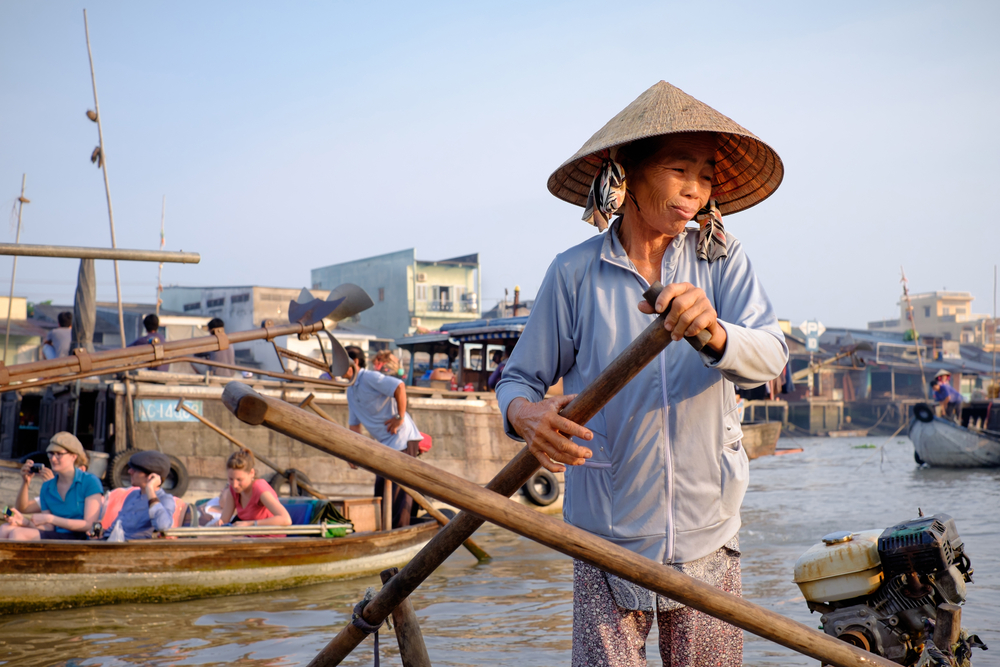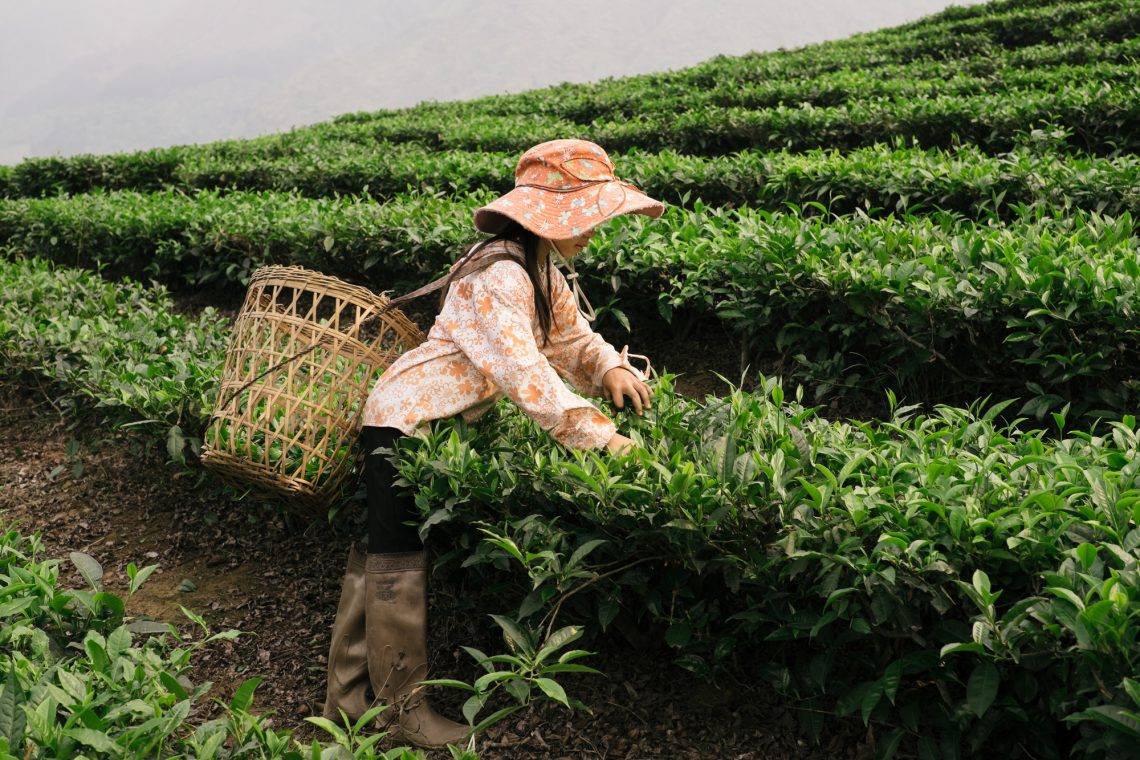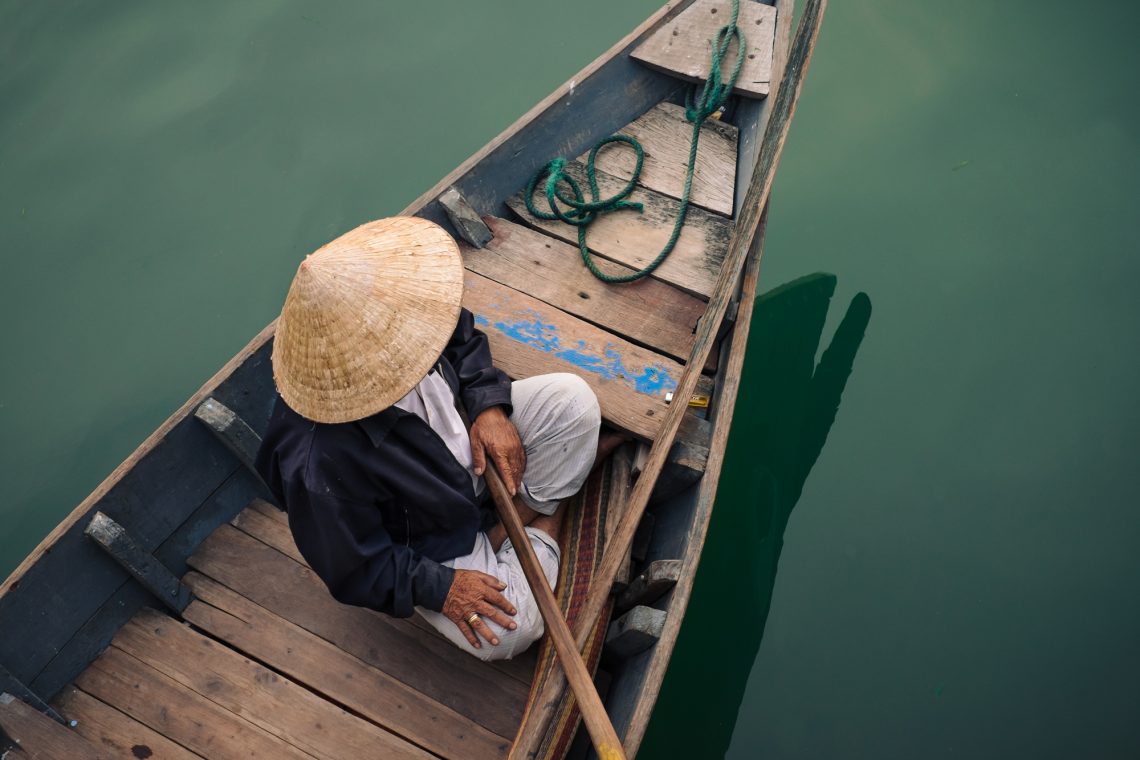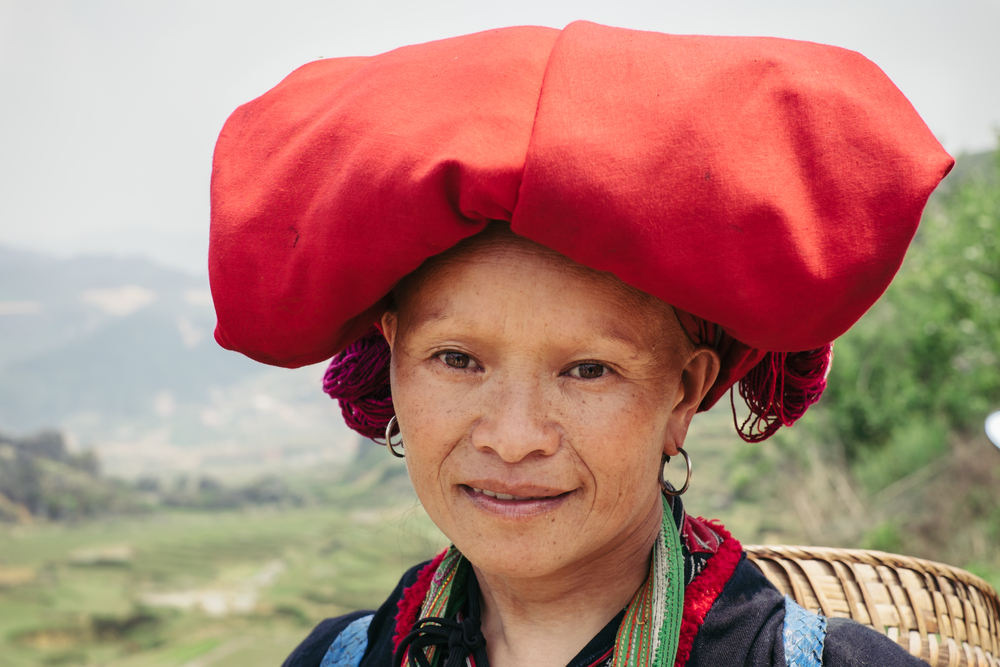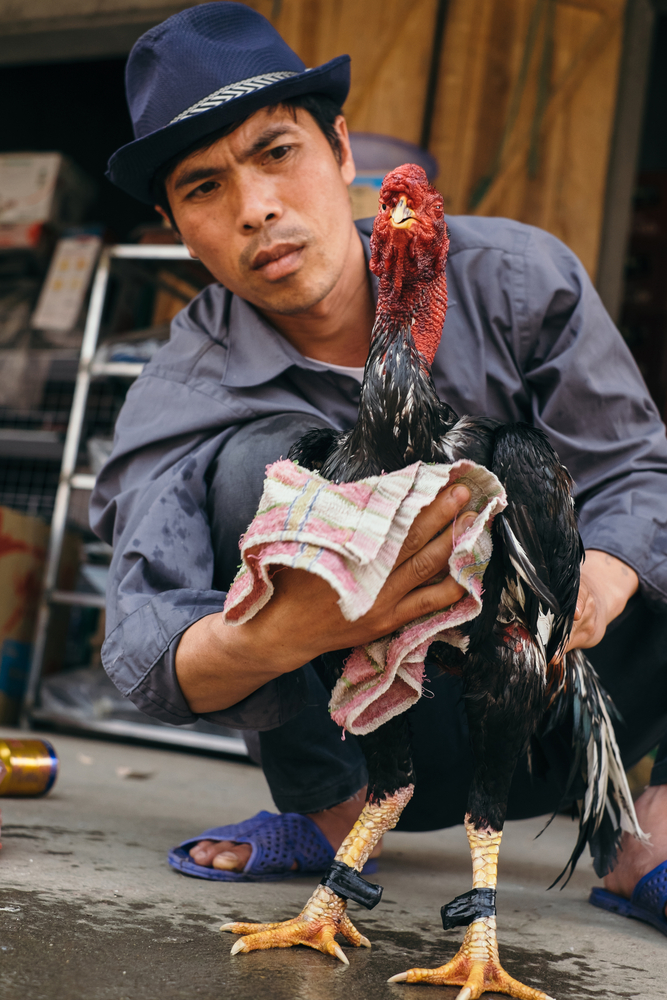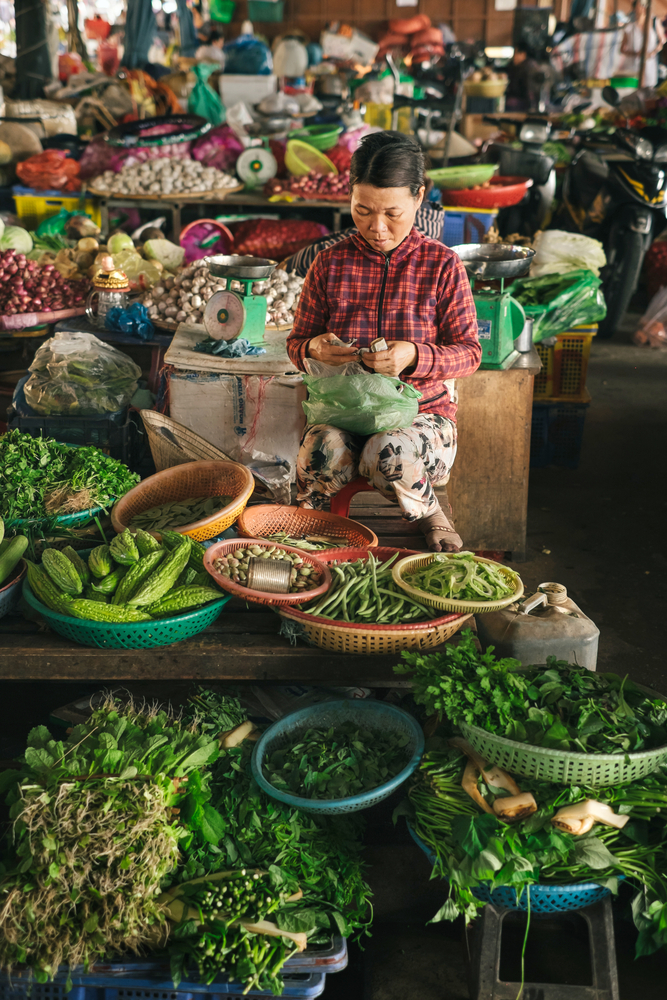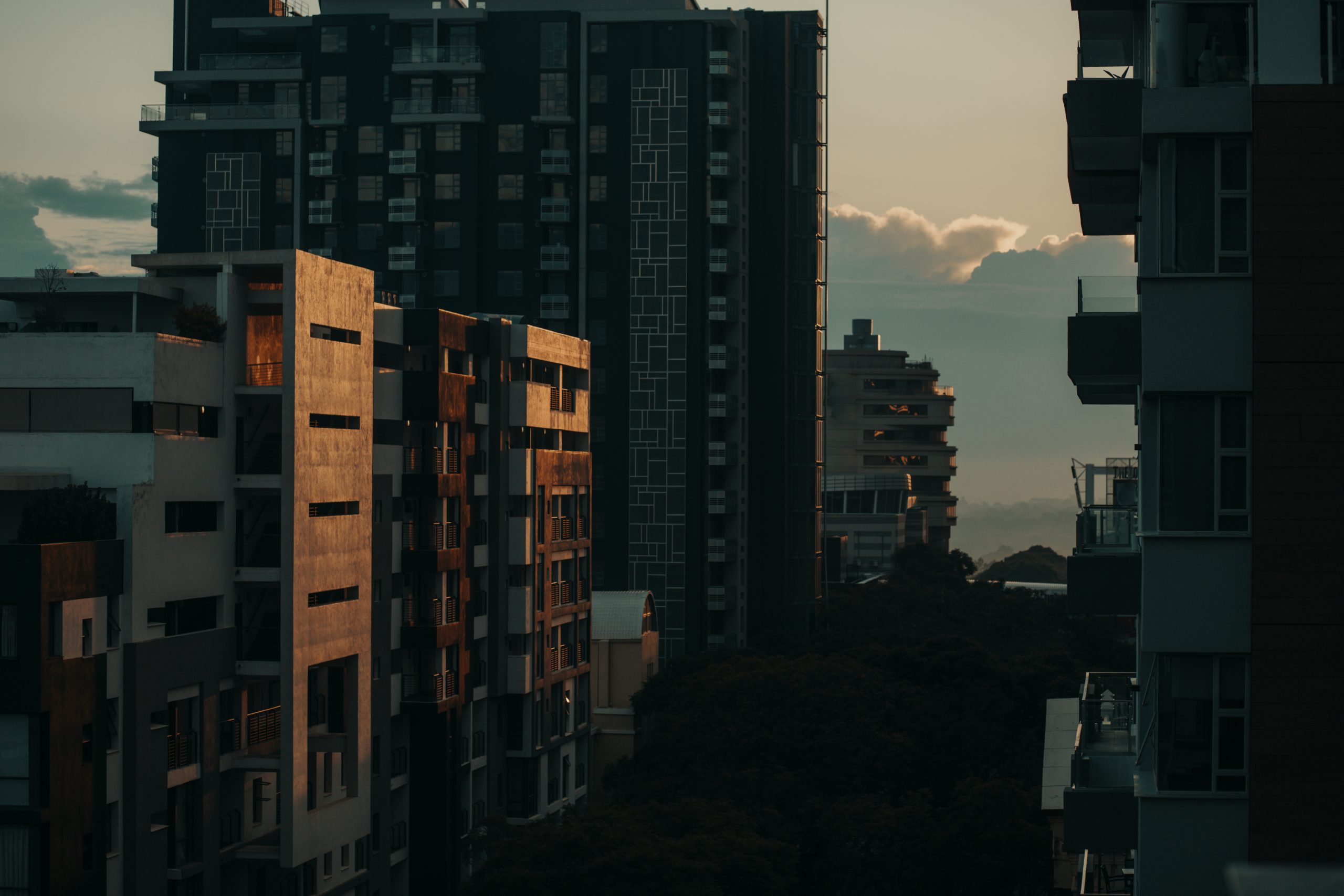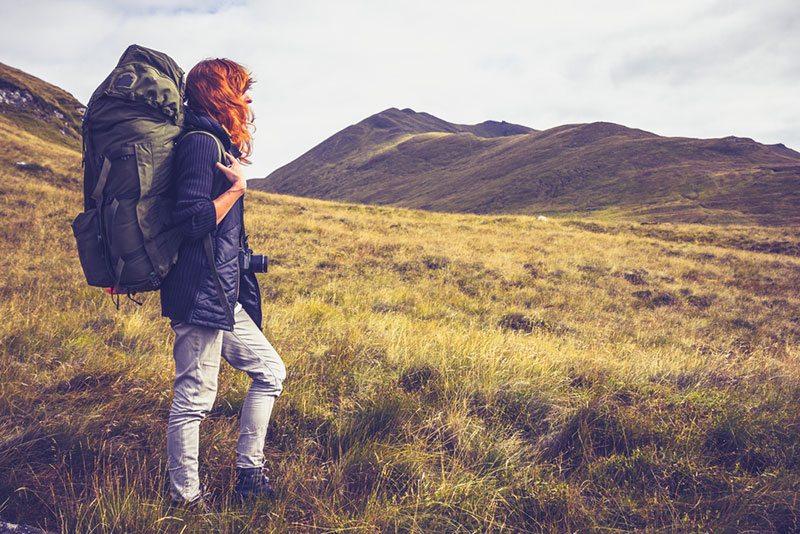A Travel Photographer’s Portfolio: Modern Vietnamese People
There are many strategies when it comes to managing a portfolio on Depositphotos. Someone monitors seasonal trends and generates new content based on them. For some, a contributor’s account becomes an incentive to experiment more and showcase their masterpieces. And for Dima Gilitukha, a Ukrainian photographer with a scientific background, an account on Depositphotos stimulated his desire to travel blog around the world.
How it all started
Dima shared a story about how it all began: “Being a student, I went to a flea market to see if analog cameras were still available there. I bought one and started to practice film photography. For years, I changed cameras and shot portraits of friends on black and white film. Once, I shot my friend in a studio, on a medium-format camera, and realized that I could also earn money out of photography. After a while, I switched from analog photography gear (I had almost three kilograms of equipment!) to a digital one, and started traveling a lot.”
Gilitukha’s travel photography career began after he became a stock photo platform contributor. As a scientist, he took a series of images on controlled forest fires, while doing scientific research on the topic. The series made him prominent on the platform. This led Dima to believe that travel pictures can help him travel cost-effectively.
A couple of months later, Gilitukha decided to embark on a journey in Asia. He kept the idea of generating stock content to cover his trip in mind. And he succeeded.
The big trip to Asia
Dima spent 210 days in Asia, and this included a one-month stay in Vietnam. He planned this trip himself, aiming to capture Vietnamese people and landscapes using his lens.
The travel photographer focuses more on his artistic vision, than taking travel images: “I document my environment in a way that helps capture sincere moments. These can be portraits, architectural photography, or landscapes.”
Dima Gilitukha’s big trip to Asia stimulated professional development as a photographer, and helped him understand himself better. Vietnam was the last country he visited on this tour. There, he lived with various tribes on their lands. He also visited major cities, such as Ho Chi Minh, Hanoi, Can Tho, and more.
“Six months before the trip, I was still working as a scientist at the University of Kyiv, but I sought to expand my consciousness. To make my travel dream come true, I had to find new income sources that could work remotely.
That’s why I set a goal to establish a strong portfolio on Depositphotos. I was told that it’s impossible to reach a good income level in such a short period from scratch, but I decided to try it out. The first images that brought me noticeable income were scientific ones.
Then, I bought tickets to Asia to spend winter there. My first destination was the state of Kerala, which is in the south of India. After traveling 7.5 thousand km, we were greeted by a dozen Hindus. They helped us find the address of our local host, although we did not bargain with the taxi driver.
Imagine a courtyard with a wooden house, a teak alley, and a garden with bananas, coconuts, and cardamom. That was where we lived. Our room was similar to the ones in old-fashioned movies: a big fan on the ceiling and colorful walls. So, here we were, in the middle of Asia, at a place where you could definitely expand your consciousness”, said Dima Gilitukha.
Vietnam highlights
Dima Gilitukha began his Vietnam trip in Ho Chi Minh and, after a couple of days there, traveled to the small village of Can Tho, located in the Mekong Delta. This area is known for its floating villages and the world-famous Cai Rang market.
Pictures from the Mekong Delta are among Dima’s favorites: “Just look at these children. They grew up in one of the most beautiful places in the world, but many of them have never been on land. Every day, they bathe in cold water and enjoy life! I am also fascinated by their dedication to tribal traditions, which is something I noticed when communicating with locals.”
Dima’s path also ran through Phong Nha-Ke Bang National Park, which houses the world’s largest Hang Son Doong cave. Dozens of smaller caves and underground tunnels in this area were available for tourists and speleologists to visit.
Here is how the travel photographer describes his feelings during the trip: “Despite the mentality of the locals (they are a little bit harsh), their cold attitude to strangers, and the language itself, which sounds quite rough, Vietnam is a magnificent country. Anyone will find something they enjoy: the world’s largest caves, the beautiful Ha Long Bay, tiny colorful villages, Vietnamese coffee, mountains, or sea.”
Cat Ba Island in Ha Long Bay was an essential stop during Dima’s travels. This area is one of the natural wonders protected by UNESCO. High, picturesque rocks frame the bay, and the water is absolutely clear there.
“I didn’t have any particular expectations while planning a trip to Vietnam, but it looks different to what I imagined. The county is well-developed, but Vietnamese people are generally less friendly than in Malaysia or India. However, Vietnam offers breathtaking landscape views and has a rich color palette.
It took me just one day to get used to what’s going on around me in Vietnam. Then, I realized that I got to witness a combination of cultures, well-developed infrastructure, and nature,” the travel photographer told us.
The mountainous part of Vietnam, which includes the village of Sapa, impressed the photographer with its rice terrace landscapes and ethnic settlements of the Hmong mountain tribes. He visited the largest market, where all mountain tribes from China and Vietnam gather once a month, on Saturdays. This event is called Can Cau market.
“On the last three days before departure, we biked on mountain roads for 450 km and saw the most beautiful places in the country, but as it turns out, we visited at the wrong time. There was nothing growing on the rice terraces in winter. The perfect time for photographers to visit this mountainous region starts in June,” Dima said.
For photographers traveling to Vietnam
According to Dima, to shoot outstanding travel images in Vietnam, you need to find common language with the locals, or start identifying their expressions. However, it’s not that easy.
“You need to get used to the Vietnamese mentality, and learn to feel the Vietnamese people you interact with. People here are very diverse, as they are in any country: sometimes they’re too loud, a bit naive, highly cheerful, or shy. Their faces say much more than words, especially when you do not understand the language.
In addition, you will come across people who will sincerely enjoy your attention and will not object if you take a few travel pictures with them. If one of them does not want to be shot, they will simply turn away and move on. This applies to the southern regions. The situation is entirely different in mountain villages in the north, near the Chinese border. For instance, we managed to spend the night with a local family that allowed us to take pictures of their everyday life.”
For his Vietnamese photography series, Dima picked unusual personalities who grabbed his attention during the trip, and were glad to interact with him. He even had the opportunity to go trekking with extraordinary Vietnamese people who preserve their traditions and culture.
People from Black Hmong and Red Dzao tribes speak different languages, but live in neighboring highland villages where they build similar huts without any windows. Local women are mainly engaged in handcrafts, and men grow rice.
“I got to experience living in a traditional hut when I was up north. We had no artificial lighting and cooked our meals on bonfires. I once asked a local woman who hosted us what happiness meant to her. She said that happiness was lush rice fields and healthy children. ”
Final thoughts
More than six years have passed since Dima uploaded his first photo to microstocks. Today, he can be called an active author with a recognizable style. Depositphotos clients eagerly await new images
Dima’s story proves that stock photography not only helps contributors find their style and master their skills, but it also gives them a chance to realize their dreams. We invite you to explore other Vietnam pictures by Dima Gilitukha, and wish you success in achieving your goals with Depositphotos.
